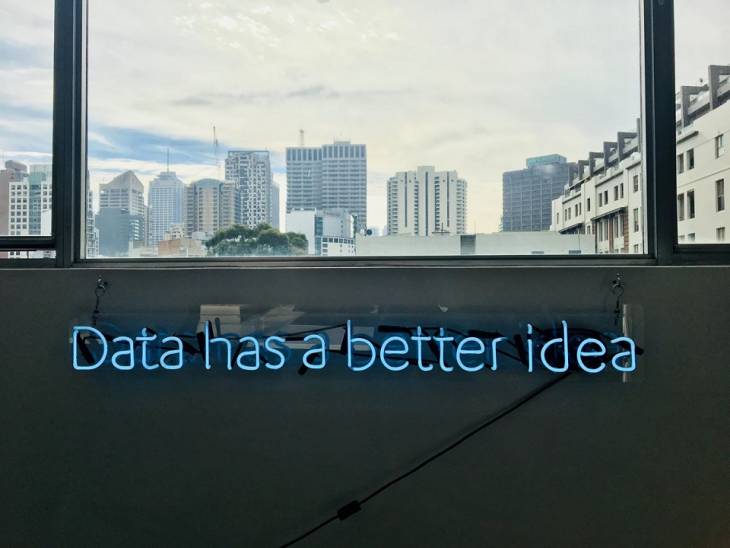How to Uncover What Your Data is Really Trying to Tell You

Data, on its own, doesn't mean much of anything at all.
In the short-term, data is great for identifying something that is popular TODAY. You publish a blog post and it gets a great response on social media—something you can prove because of your analytical data.
But that doesn't mean you should suddenly drop what you're doing and write the same piece in 10 different ways, because that "hot button issue" you addressed that was on the forefront of everyone's mind may be forgotten as soon as next week.
Instead, you need to be able to go beyond that data. You need to be able to look at those analytics and those KPIs and see not confirmation of where you are, but to get insight into where you need to be six weeks or even a year from now.
Your ability to uncover what your data is telling you is one of the most critical assets you have in terms of best serving your target audience, and it's something that you can accomplish in a few key ways that are certainly worth exploring.
Uncover the Story BENEATH the Data
In a lot of ways, uncovering what your data is really trying to tell you isn't too dissimilar to the approach you're already taking when you fire up a graph maker or an Infographic maker like Visme (which I founded) to create a new piece of visual content for your audience.
With something like an Infographic, your primary goal is to take a lot of data - usually in the form of statistics - and present it in a way that is: A) easy to understand, B) easy to follow, and C) ordered in a way that creates a sort of narrative that your audience can engage with.
That is absolutely no different from the approach you should be taking with your key marketing metrics and other KPIs moving forward.
This idea blends into other areas of your operations, too. When you go to an all-in-one link building, digital PR, and content promotion platform like Respona to research topics in your industry, you typically try to find out what people are paying the most attention to and what topics people are concerned with the most. That way, you know exactly what to write about and, typically, which angle you should take on a particular piece.
But if you were a technology business and you saw that six out of the top ten search queries in your industry were about threats like spyware, ransomware and other types of malware, what does this immediately tell you?
In a larger sense, it shows you that people are very, very concerned about cybersecurity right now. They're probably trying to figure out what they need to do to make sure they're protected in the wake of the Equifax or Capital One data breaches, and are looking to someone, ANYONE, for guidance.
Based on that, you can extrapolate not just that you should be writing about ransomware - but that the "narrative" you need to start following is one of "yes, I understand that you're concerned about cybersecurity - but here are my thoughts on this topic and here is how I can help YOU make sure this isn't something you have to worry about ever again."
Extrapolate the Message in the Data
Obviously, that's a very specific example - but the idea works well in practically any industry. It's all about taking all of your available data and using it to determine two things:
- What the data is telling you in a literal sense ("These topics are popular, write about this"), and ALSO
- What the subtext hidden beneath that data can actually reveal.
The first addresses an immediate concern within the minds of your audience members. The second allows you to start laying the groundwork for a genuine narrative, bending your business to meet the needs of your customers rather than hoping that their needs suddenly change to match the direction you decided to go in.
Yes, data can be overwhelming because there's so very much of it. But when applied properly, it can also become a literal roadmap to follow on an essential journey you're about to embark. Because at the end of the day, your primary goal as a marketer should always be to meet your audience not where you hope they'll be, but where they ARE.
Uncovering what your data is really trying to tell you is the best chance you have at doing exactly that.




















